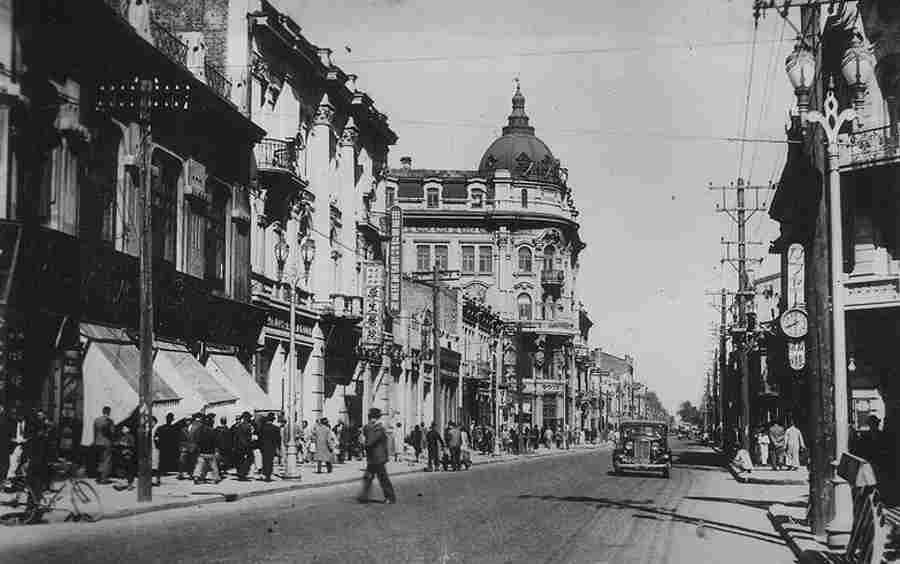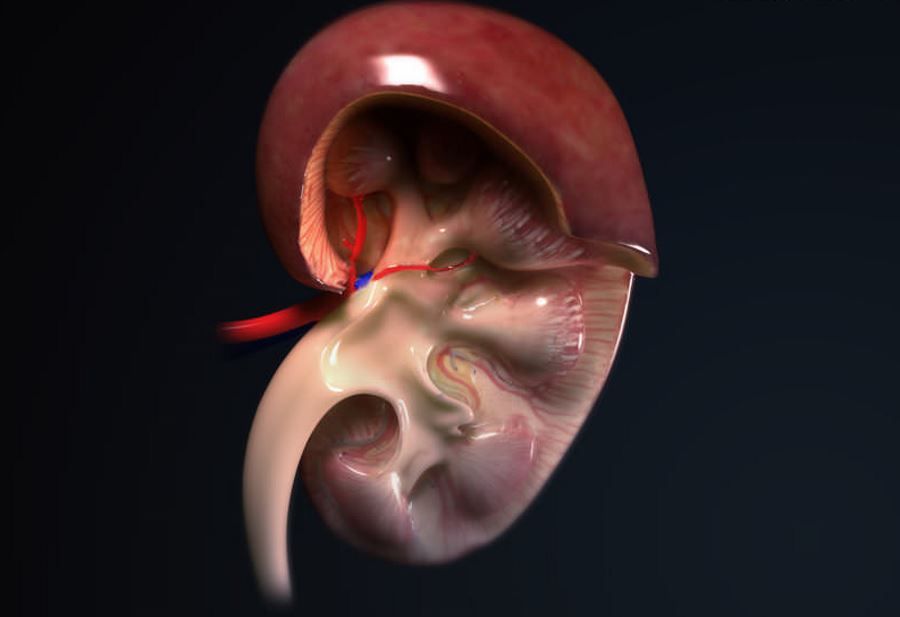Scientists search for traces of Polish co-founders of Chinese city
The city of Harbin in northeastern China was co-founded by approx. 120 years ago, Polish engineers who built the East China Railway. Traces of this community of several thousand people from the Vistula River have been disappearing faster and faster in recent years, so scientists want to document them.
Poles found their way to Manchuria at the turn of the 20th century. Czarist Russia was building inoAt the time, the East China Railway, ktora is a branch of the Trans-Siberian Railway. Next to the ChineseoThere were many engineers in and Russiansow, technicianow, workeroin the Vistula River. They were zarowno refugees, professionals, as well as people looking for a better place to live, including intelligence.
Polish community concentrated in the city of Harbin – the area for development was indicated and delineated by Eng. Adam Szydlowski – it was, in his opinion, an ideal place for reloading goodsow due to the favorable location of the nearby river – Sungari. Previously there was a village bearing the same name. Harbin in Manchurian means, according to one translation "place of drying nets", Which indicates that it was a fishing settlement. Today this city is one of the largest centers ofoIn urban Manchuria, that is, the ponortheastern China.
– To this day, in the space of the city there are still a few buildings preservedoIn erected and used by Polakow and many sites associated with them, but each year there are fewer and fewer of them. That’s why we intend to go to the field and document them digitally,” Dr. Lukasz Miechowicz of the Institute of Archaeology and Ethnology of the Polish Academy of Sciences told PAP, ktory is the project manager for registering the trace of theoin the presence of the Poleoin this region of China.
For now, zespoł performed an extensive archival search and selected sites thatore to be visited in the field. These are m.in. Two churches, an inn building, a palace, a cigarette factoryow, the Ursuline convent or residential buildings. Researchers are also interested in traces of the presence of the Poleoin addition to the city of Harbin itself, throughout Manchuria.
As Miechowicz tells, oThe early Polish diaspora in Manchuria was one of the wealthiest. – Poles not only held key positions in railroad administration – the director of the East China Railway was m.in. Kierbedź engineer – but also ran mills, workshops, sawmills, factories, the archaeologist enumerates.
At its peak, between 1917 and 1920, up to 10,000 lived in Harbin. Poleow. The situation changed in the 1930s. XX century., when the Japanese invasion took place, as a consequence of which ktorej created the puppet state of Manchukuo – from that point on, the Polish population gradually declined in favor of the Chineseow. At the end of World War II, it numbered 1,500., and in the 1st half. 1960s. XX w. There were only 30 Poles living in Harbinow.
Now scientists are looking for a means ofow for a field expedition. As a result of it, based on images taken from a droneow and photogrammetry, there will be a trojdimensional models of historic buildings associated with the presence of Polakoin Manchuria. All of them will also go into a database in the Geographic Information System – GIS. Scientists plan to publish the results of their work on a specially designed website "Virtual Museum of Polakoin Harbin", ktora will be available in Polish, English and Chinese. To be built are roAlso a popular-science film on the Harbin Polish community.
Partner of the project is the Pomeranian Bookstore in Szczecin, whichora has memorabilia of former Polish residents of this Chinese city, and the Harbin Cluboin, whichory brings them together.


